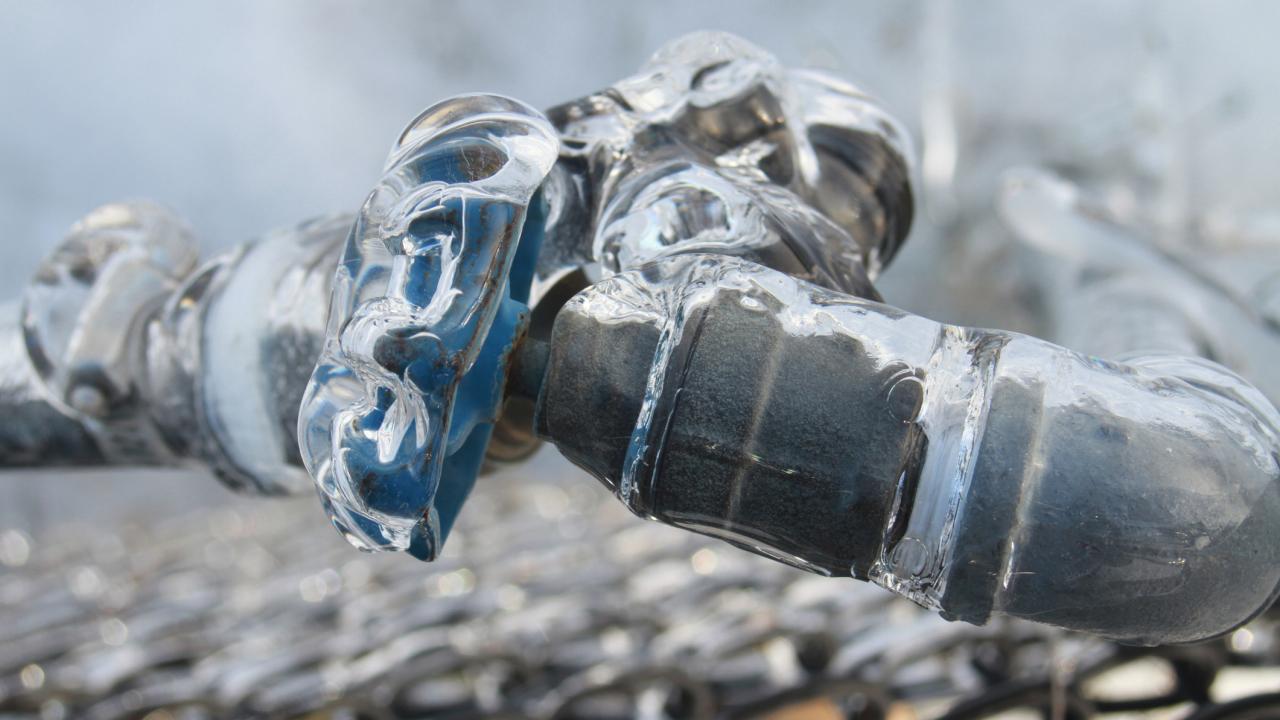This great article down below relating to How to prepare your home plumbing for winter weather is really interesting. Don't overlook it.

Cold weather can wreak havoc on your pipes, especially by freezing pipes. Below's exactly how to stop it from occurring and what to do if it does.
Introduction
As temperature levels drop, the danger of frozen pipes rises, potentially bring about costly fixings and water damage. Comprehending just how to prevent icy pipelines is essential for house owners in cold climates.
Comprehending Icy Pipelines
What causes pipes to freeze?
Pipes freeze when subjected to temperature levels listed below 32 ° F (0 ° C) for expanded durations. As water inside the pipes ices up, it broadens, putting pressure on the pipeline walls and potentially creating them to burst.
Threats and damages
Icy pipelines can lead to water supply disturbances, home damage, and costly repairs. Burst pipelines can flood homes and trigger extensive structural damages.
Indicators of Frozen Pipeline
Recognizing icy pipes early can avoid them from bursting.
Exactly how to identify icy pipes
Try to find decreased water flow from taps, unusual smells or noises from pipes, and visible frost on revealed pipes.
Avoidance Tips
Protecting prone pipelines
Cover pipes in insulation sleeves or make use of warm tape to shield them from freezing temperatures. Focus on pipelines in unheated or external locations of the home.
Heating techniques
Keep indoor spaces effectively heated up, especially areas with plumbing. Open cupboard doors to allow warm air to flow around pipes under sinks.
Shielding Exterior Pipes
Yard pipes and outdoor faucets
Separate and drain pipes yard hose pipes before winter months. Install frost-proof faucets or cover outdoor faucets with insulated caps.
What to Do If Your Pipelines Freeze
Immediate activities to take
If you think icy pipes, maintain faucets open up to eliminate stress as the ice melts. Make use of a hairdryer or towels soaked in hot water to thaw pipelines gradually.
Long-Term Solutions
Structural modifications
Take into consideration rerouting pipelines far from outside wall surfaces or unheated locations. Add added insulation to attics, cellars, and crawl spaces.
Updating insulation
Buy premium insulation for pipes, attic rooms, and wall surfaces. Appropriate insulation helps preserve regular temperatures and minimizes the risk of icy pipelines.
Final thought
Preventing frozen pipelines needs proactive actions and quick feedbacks. By understanding the causes, signs, and preventive measures, property owners can secure their pipes throughout cold weather.
5 Ways to Prevent Frozen Pipes
Drain Outdoor Faucets and Disconnect Hoses
First, close the shut-off valve that controls the flow of water in the pipe to your outdoor faucet. Then, head outside to disconnect and drain your hose and open the outdoor faucet to allow the water to completely drain out of the line. Turn off the faucet when done. Finally, head back to the shut-off valve and drain the remaining water inside the pipe into a bucket or container. Additionally, if you have a home irrigation system, you should consider hiring an expert to clear the system of water each year.
Insulate Pipes
One of the best and most cost-effective methods for preventing frozen water pipes is to wrap your pipes with insulation. This is especially important for areas in your home that aren’t exposed to heat, such as an attic. We suggest using foam sleeves, which can typically be found at your local hardware store.
Keep Heat Running at 65
Your pipes are located inside your walls, and the temperature there is much colder than the rest of the house. To prevent your pipes from freezing, The Insurance Information Institute suggests that you keep your home heated to at least 65 degrees, even when traveling. You may want to invest in smart devices that can keep an eye on the temperature in your home while you’re away.
Leave Water Dripping
Moving water — even a small trickle — can prevent ice from forming inside your pipes. When freezing temps are imminent, start a drip of water from all faucets that serve exposed pipes. Leaving a few faucets running will also help relieve pressure inside the pipes and help prevent a rupture if the water inside freezes.
Open Cupboard Doors
Warm your kitchen and bathroom pipes by opening cupboards and vanities. You should also leave your interior doors ajar to help warm air circulate evenly throughout your home.

Do you enjoy reading about Helpful Tips to Prevent Frozen Pipes this Winter? Leave feedback down the page. We would be glad to listen to your ideas about this post. Hoping to see you back again in the future. If you please take a moment to share this article if you liked it. We enjoy reading our article about Winter Plumbing Precautions: Preventing Frozen Pipes.
Visit
Comments on “Critical Approaches for Preventing Frozen Pipes in Winter”